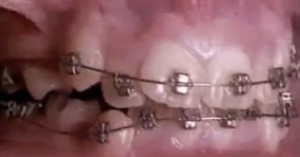
Braces Time-Lapse: Watch 18 Months of Teeth Straightening in 30 Seconds
Time-lapses have the ability to turn some pretty mundane things into really interesting videos. Case in point, ‘watching teeth …

Time-lapses have the ability to turn some pretty mundane things into really interesting videos. Case in point, ‘watching teeth …
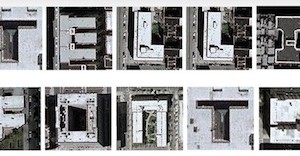
While browsing around on Google Maps satellite view (as many of us have done at some point or another) art director Yousuke Ozawa came across a number of buildings that resembled various letters of the alphabet.
Realizing the potential of this find, he spent the next week digitally flying across the globe and curating what ended up being Satellite Fonts, a collection of all 26 letters of the alphabet as formed by buildings across the world.
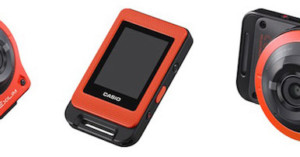
Casio's new EXILIM EX-FR10 action camera, first unveiled about a month ago, is a unique device with a modular form-factor that’s sure to turn heads.
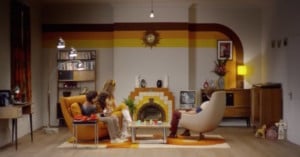
Have you ever wondered what a multi-decade time-lapse of your living room would look like? Well, we don’t exactly have one to share with you, but what we do have is this clever advertisement from Dutch company Philips that tries to imagine what that might be like.
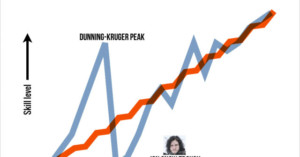
This humorous graphic was created by Lee Hutchinson over at Ars Technica in a recent article comparing the iPhone 6 Plus to a Canon DSLR. It suggests that people who are just starting out in photography commonly experience a period of delusion in which they suddenly think they are much greater at photography than they actually are.
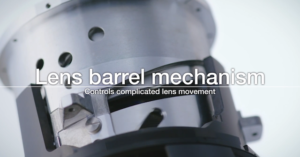
Ever wonder how the tech packed inside of your new Nikon lens actually works? How does Vibration Reduction provide 4.5 stops of stabilization? And what about the silent motors, how do those work?
In a video released earlier today, Nikon Asia decided to peel away the outer shell of its glass and show you, revealing the technology that makes a Nikkor Lens a Nikkor.
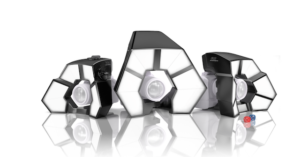
What you see above is one of the most unusual pieces of lighting gear we’ve ever chanced across. Looking a bit like a prop from the upcoming Star Wars film, this contraption is actually a macro flash adapter designed by Polish photographers Agnieszka and Ernest Lysak.
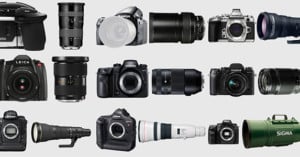
What are the most expensive camera and lens combinations you can buy for each manufacturer? Of course you could spend $2.79 million on a historical 1923 Leica or $165,000 on an ultra-rare Canon 1200mm lens, but what about gear that any photographer can purchase through a normal retail outlet?
We decided to do some research into what the priciest camera kits (a body plus a lens) currently available to photographers are in 2014.
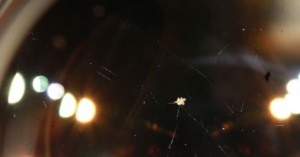
We spend a lot of time over at Lensrentals getting dust out of lenses. Dust doesn’t affect an image, except in very rare circumstances, but people want their rental lenses to look nice and clean inside and out, and our inspectors check the inside of every lens with spotlights and send any dusty ones over to the repair department.
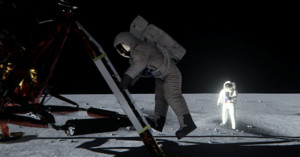
Conspiracy theorists often point to moon landing photos as evidence that the whole thing was faked by the US government. One of the arguments is that since there's only one main light source in the photos -- the sun -- the shadows should have been much darker and less detailed.
That argument has now been debunked thanks to one newly uncovered fact: Neil Armstrong's spacesuit actually served as a great reflector, bouncing light into the shadows and illuminating many scenes.
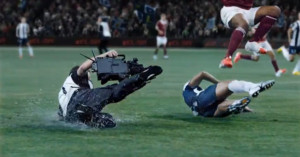
What if sports cameramen were allowed to get onto the pitch with athletes during games? What if super-telephoto lenses and remote camera weren't around to help deliver up-close views of the action? The video above offers an look at what being a cameraman in that alternate universe might look like.
Basically, it'd look something like covering a war zone.
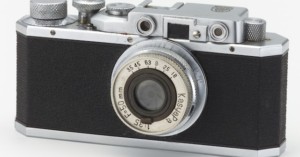
The breakneck pace of photo technology advancement makes it easy to forget how young our industry really is, but we had a reminder yesterday when, not long after 'modern photography' itself turned 175 years old, the very first Canon camera celebrated its 80th birthday.
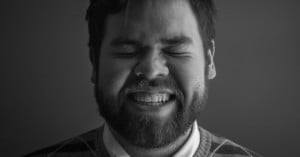
There's something to be said for thinking outside the box and turning an idea on its head, and that's exactly what photographer Trevor Christensen is doing with his hilarious and surprisingly thought-provoking series, Nude Portraits.
That's because there aren't actually any nude people in his portraits... the only person who's naked during the photo shoot is Christensen himself, who is busy capturing his subjects' reaction to his birthday suit.
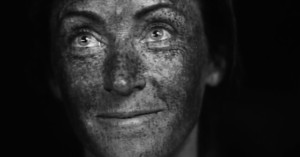
Artist Tom Leveritt recently ventured out into the world of ultraviolet photography -- or more specifically videography -- to help us take a closer look at the skin we’re in and how sunscreen is a vital tool towards protecting it.
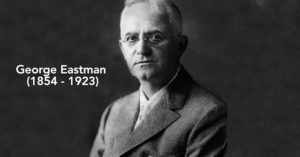
Here's a fascinating little photography history lesson for you, and it'll only take up two minutes and fifty seconds of your time. Put together by Engineer Guy Bill Hammack, the video above tells the remarkable story of George Eastman, and how he revolutionized photography.
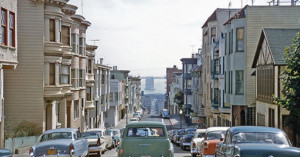
Here's a pretty fascinating little story of two men with cameras being in the same place at around the same time, over half a century ago. One of the men was Alfred Hitchcock.
The story began over at the vintage photography blog Shorpy, where a member named Ron Yungul submitted the above photograph. It was captured by his late father on the hills of San Francisco in 1957.
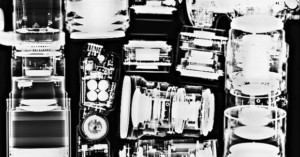
This image shows what you get when you put a high-end Canon DSLR kit under a medical X-Ray machine.
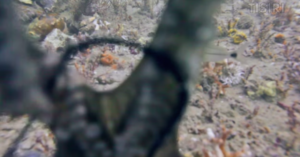
Underwater videographer Joel Kistel was filming some footage for reef-conservation nonprofit TISIRI earlier this month when he ran across a rather curious and sneaky octopus who nearly cost Kistel $15,000.
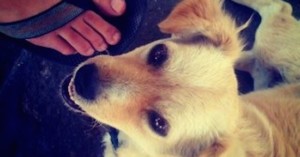
Four years (and one day) ago, Kevin Systrom posted the first ever photo to Instagram, then a new social network with an uncertain future and exactly one photo of a cute dog in its archives.
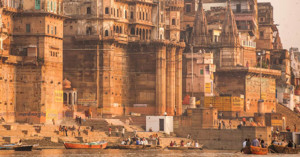
This post was originally published on the Joey L. Blog and is being republished here with permission
It’s been estimated that as many as 880 billion photos will be taken by the close of this year. I’m not quite sure how that statistic could ever be properly calculated, but I think it’s safe to say that with the rise of the digital medium, human beings are taking a s**tload more pictures than ever before.
With all those photos being taken, chances are you and I have at one point accidentally wandered into someone else’s frame. It’s likely, however, that you’ll never really know you’ve photo-bombed someones shot. That’s why I was surprised by a Twitter message that I received out of the blue from a photographer I’ve never met.
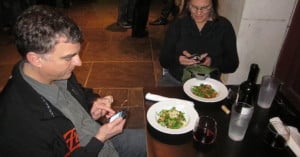
Not exactly a reliable scientific study, a recent Craigslist rant by one "Busy NYC Restaurant" that describes itself as "a popular restaurant for both locals and tourists" has gotten a lot of press time for drawing attention to a troubling intersection of food service and photography.
Posted in the rants and raves section of the online classifieds site, the restaurant supposedly compared security footage from 2004 with that from 2014 and found that taking cell phone photos and other smartphone shenanigans have added nearly an hour to the average table time at the restaurant.
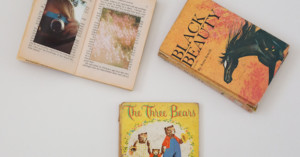
Much as it pains me to encourage anyone to destroy a book, if you have a second copy of something or an old book you know you'll never flip through again, this neat little Photo Album DIY from Photojojo is worth putting on your crafts to-do list.
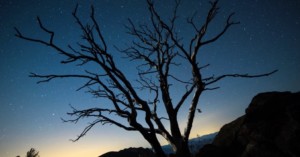
It’s safe to say we’ve all seen our fair share of night-sky time-lapses. Most often, they tend to show off grandiose views of mother nature as the stars (seemingly) rotate in the background. But the truth of the matter is, we’re the ones rotating, not the stars.
So what would happen if a night-sky time-lapse photographer used the stars – or more precisely a star – as a fixed axis, instead of Earth? Well, you would end up with a trippy time-lapse like the one you see above.
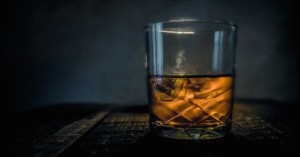
Here's a neat piece of photo trivia you can throw out the next time there's a lull in conversation at a party: Instagram wasn't originally called 'Instagram.' In fact, it wasn't even a photo sharing app. Instagram was initially called 'Burbn' (after the Whiskey) and it was a check in app ala Foursquare.
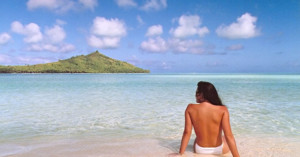
Recognize the photo above? Titled "Jennifer in Paradise," it holds a special place in the history of digital photography: it's the world's first Photoshopped picture.
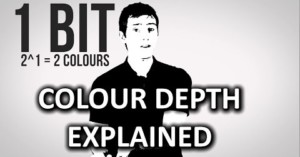
Whether it's photography or video quality we're talking about, the discussion almost always revolves around some aspect of resolution. The number of megapixels, or the pixel density, or the pixel size (last one doesn't necessarily have anything to do with resolution, but you get the gist).
One spec that doesn't get a lot of headline time is color depth, and so we were thrilled when we stumbled across this quick and straight-forward explanation of what exactly color depth is by Techquickie.
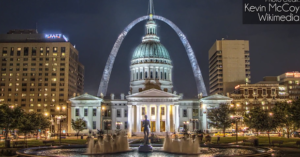
Obviously this video and post isn't for the advanced HDR photographer, but even if you have a good understanding of what High Dynamic Range is or how to capture it, you'll probably find one or two tidbits of very interesting information in this short video by Techquickie.
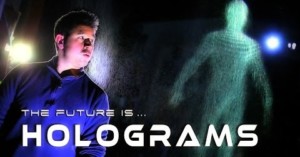
If you’re looking for an interesting way to spice up your experimental photography a bit, …
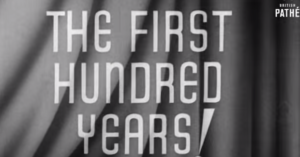
In 1939, British Pathé -- whose fascinating photography-related old videos we've shared before -- covered something truly amazing: 100 years of photography. It had been 100 years since the camera was invented and so, they took a look back at how those years had changed and refined the art of capturing images using a light-tight box and whatever light-sensitive material you happen to have at hand.
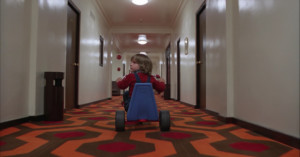
There is little doubt that auteur Stanley Kubrick looms large as a director able to distinctively bring his films to life through his vision. He has left his mark across the motion picture landscape.
He also happens to be responsible for some very interesting technical results in the realm of photography as well (including owning 3 of the 10 Carl Zeiss Planar 50mm f/0.7 ever made).
Any words I write here about him will pale in comparison to the reams of scholarly works already published. And so, instead, I give you a couple of fascinating pieces of Shining/Kubrick trivia that you can whip out the next time there's a lull in conversation.